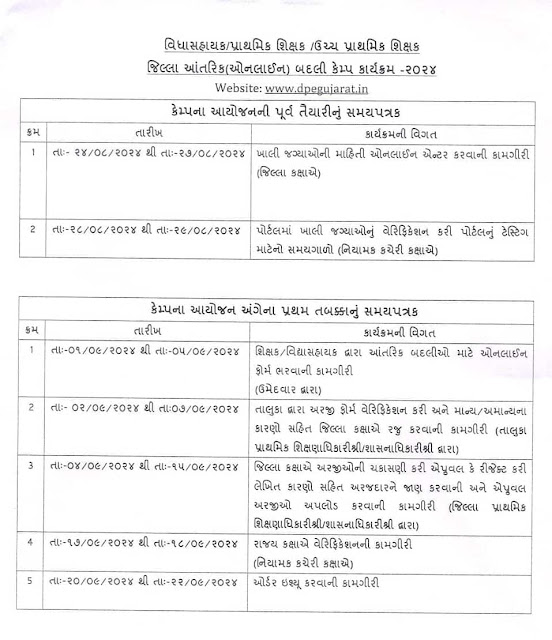SUGANITAM-MS NO VOLUME -6 released today see and download here
CLICK HERE FOR VIEW AND DOWNLOAD
HELLO FRIENDS ,
HU CHU TAMARO DOST MEHUL SUTHAR ,
AJE HU SUGANITAM - MS MAGAZINE NO SIXTH ANK TAMARI SAMAX MUKAVA JAI RAHYO CHU.
SUGANITAM-MS na hidden secret CLICK HERE
MITRO MANE ASHA CHE K TAMNE AA ANK JARUR THI GAMSE .
JEM TAME MARA AA BLOG ANE YOU TUBE CHANNEL NE PASAND KARI CHE TEM MARA AA NAVA SOPAN NE PAN ETLO J PREM APSO
AA ANK MA TAME TAMARA PRATIBHAV RAJI RAJU KARI SAKO CHO
KOI SUDHARA VADHAR LAGE TO JARUR THI JANAVI SAKO CHO .
AA MAGAZINE BEST KEVI RITE BANE TE NE LAGTA SUCHANO TAME RAJU KARI SAKO CHO MITRO .
AA MAGAZINE E MARA EKLA NU NAHI PAN APDA BADHA NU CHE E RITE PREM APJO
TAMARI PASE KAI K NAVIN HOY TO JARUR THI MANE MOKLJO HU JARUR ADD KARIS TAMARA NAAM SATHE
TAME MANE E- MAIL- mehulsuthar250@gmail.com par k WHATSAPP - 7600984093 PAR MOKLI SAKO CHO
SUGANITAM- MS VOLUME 1 & 2 SEE HERE
SUGANITAM -MS VOL. 3 SEE HERE
CLICK HERE FOR SUGANITAM-MS 4 VOLUME
CLICK HERE FOR SUGANITAM-MS VOLUME 5
CLICK HERE FOR VIEW AND DOWNLOAD
HELLO FRIENDS ,
HU CHU TAMARO DOST MEHUL SUTHAR ,
AJE HU SUGANITAM - MS MAGAZINE NO SIXTH ANK TAMARI SAMAX MUKAVA JAI RAHYO CHU.
SUGANITAM-MS na hidden secret CLICK HERE
MITRO MANE ASHA CHE K TAMNE AA ANK JARUR THI GAMSE .
JEM TAME MARA AA BLOG ANE YOU TUBE CHANNEL NE PASAND KARI CHE TEM MARA AA NAVA SOPAN NE PAN ETLO J PREM APSO
AA ANK MA TAME TAMARA PRATIBHAV RAJI RAJU KARI SAKO CHO
KOI SUDHARA VADHAR LAGE TO JARUR THI JANAVI SAKO CHO .
AA MAGAZINE BEST KEVI RITE BANE TE NE LAGTA SUCHANO TAME RAJU KARI SAKO CHO MITRO .
AA MAGAZINE E MARA EKLA NU NAHI PAN APDA BADHA NU CHE E RITE PREM APJO
TAMARI PASE KAI K NAVIN HOY TO JARUR THI MANE MOKLJO HU JARUR ADD KARIS TAMARA NAAM SATHE
TAME MANE E- MAIL- mehulsuthar250@gmail.com par k WHATSAPP - 7600984093 PAR MOKLI SAKO CHO
SUGANITAM- MS VOLUME 1 & 2 SEE HERE
SUGANITAM -MS VOL. 3 SEE HERE
CLICK HERE FOR SUGANITAM-MS 4 VOLUME
CLICK HERE FOR SUGANITAM-MS VOLUME 5






